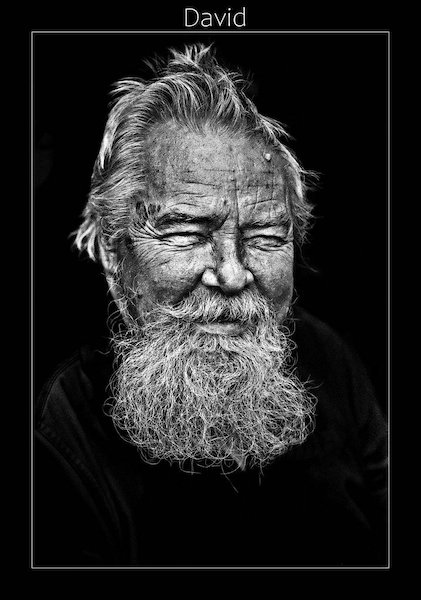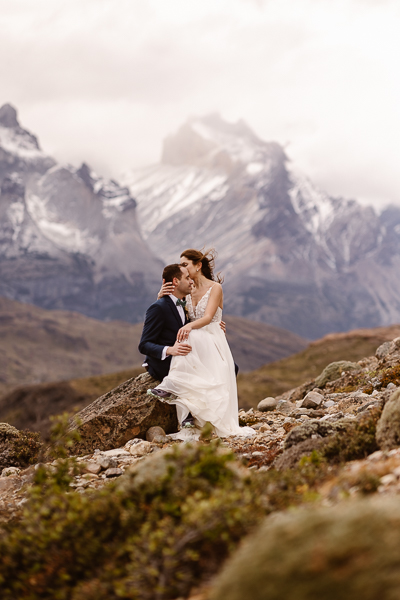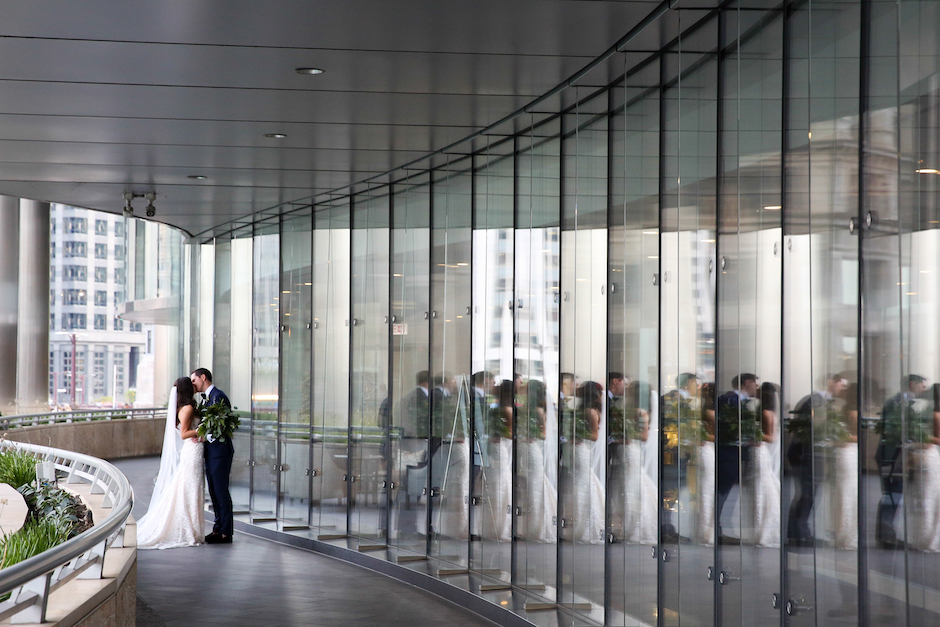Street Photography’s Renaissance Man
June 10, 2013
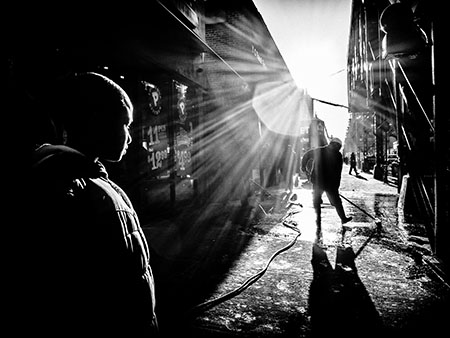
All images © Jonathan Auch
Street photography can be a Herculean profession – difficult to master, unpredictable to capture, and imitated often, and badly, by amateurs. Even during the genre’s heyday in the 1960s and 1970s when shooters such as Garry Winogrand and Lee Friedlander thrived, this style of image making was still not widely recognized by the art world. These elements can make the genre a difficult photographic path from which to thrive. But today New York City-based photographer Jonathan Auch is doing just that, and with gusto.
“Street photography is a bit like poetry,” says Auch. “You don’t get into it to make a lot of money.” Even so, Auch has carved out a profitable career by being exactly what many professional street photographers won’t be: a digital master. Auch shoots exclusively with digital cameras, currently working with an Olympus EM-5, (often using the LCD screen to capture images and not the viewfinder). He also runs a popular street photography blog (jonathanauch.com), where he commits to posting a fresh image every weekday. In addition, he posts articles and stories about the images, sometimes explaining his approach and other times detailing what is happening outside the frame. The purpose of this approach, he says, is two-fold: It gets him out shooting in the street everyday, and it allows him to follow the number-one rule of the Internet—have fresh content as often as possible. He says he also wants to eliminate the “smoke and mirrors” concept that exists around street photography and give something back to the community.
As he did more research, Auch began to discover niche groups online that were geared toward street photography and found that thousands of avid shooters and photo-enthusiasts were hungry to look at interesting examples. He, too, became a member of said groups, and began submitting photos with links back to his own site. Today, Auch is a member of almost 50 groups (mostly on Flickr), including “RAW Street Photography” (27,500 members), “People in the City” (9,000 members), “The Urban Jungles” (7,500 members), and “Streetshots” (10,000 members).
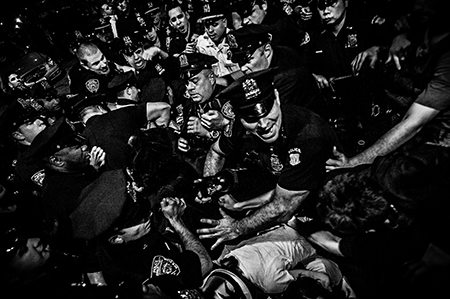
From there, traffic started flowing to Auch’s site and he doubled down, posting his daily photo to every social media outlet he could—Facebook, Twitter, Google+ and the photo-specific Flickr and 500PX. These days his images garner around 200 or more views and five to 15 comments each day on Flickr, and he has gotten almost 26,000 views on his images at 500PX. His blog, while also getting a solid amount of daily traffic, doesn’t net him income directly, but that’s not its purpose, as he doesn’t sell advertising.
Instead, Auch’s blog is like a storefront. It advertises his brand, showcases his images, and serves as a place where he can push the goods and services that do make up his income—exhibition-quality prints, photography workshops and street-photography tours. In addition, his clout on the Internet and the sheer volume and quality of his images has led to partnerships with galleries in New York City and Mexico. Some of his most recent exhibitions in New York have been at Sacred Gallery in Soho and 25CPW Gallery near Columbus Circle. He also shoots frequently for The New York Times.
“The blog facilitates and filters people into all the other things,” Auch says. “If they see something that they like on one of these social networking sites, then hopefully they say, ‘Oh, I’d really like to own a print of that’ or say, ‘I really like the way this guy sees the world. Maybe I’ll take a tour with him.’”
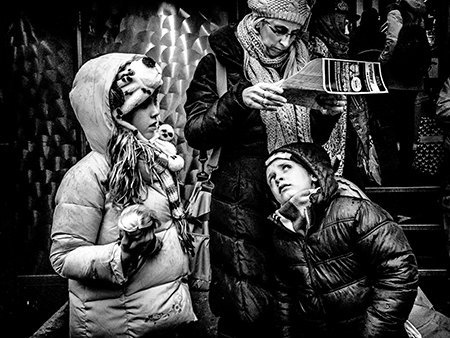
Urban Beginnings
If Auch sounds like a hardworking New Yorker on a hustle, he is. New York-born, Auch took the obligatory pilgrimage to California (to study painting) before deciding that it wasn’t for him. He was watching the news often at the time and began to feel that studying paintings was “silly”; he needed to go see the world.
He set out for Europe, where he picked up a camera for the first time. While shooting in many of the world’s most beautiful cities, he realized he loved photography and its ability to document a place in time. He began studying the masters, starting with Robert Frank and quickly moving to Jim Nachtwey, who became his hero. “When I saw Jim Nachtwey’s book, Inferno, I decided right then and there, ‘that’s what I’m going to do,’ ” he explains. He moved back to New York City with the intention of working for Nachtwey, despite having no experience and no connections to the photographer. He wrote Nachtwey a letter in 2005 and received a response wishing him the best of luck but noting that he—Nachtwey—doesn’t hire photographers. Not one to let rejection daunt him, Auch got a job at MV Labs knowing that Nachtwey printed there, and stole his number out of the rolodex. He phoned Nachtwey and, after some convincing, got a job as his personal printer, which lasted for just under four years.
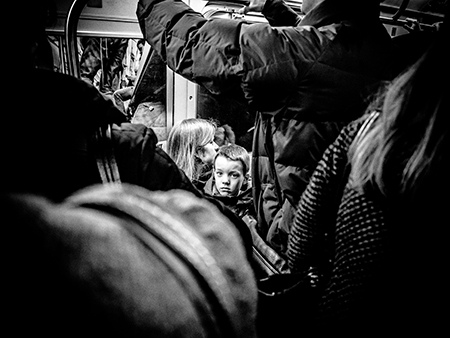
From PhotoJ to the Street
It’s important to note that when Auch started, his goal was to become a photojournalist; as such, Nachtwey’s work was formative to his style. Even now, though his primary work is street, Auch shoots reportage from time to time—in his words—to “stay connected.” He recently documented families affected by Hurricane Sandy, followed the Occupy movement in Zuccotti Park in 2011 (which earned him a spot as the featured photographer at the True/False Film Festival in Missouri), and covered the destruction from the earthquake that devastated Haiti in 2010, which he described as “emotional.”
Auch’s connection with Haiti runs deep as it was the site of his first attempt to go out on his own as a photographer. After reading a short article in a Miami newspaper in 2008 detailing the deforestation of Haiti due to charcoal production, Auch decided to head down and shoot the story. He went on LightStalkers, a popular network for journalists and photographers working abroad, and connected with “a guy who knew a guy who knew a guy who knew a fixer” (a native translator and city guide that accompanies journalists and photographers on a story).
When Auch got to Haiti, the fixer to whom he had been connected asked for an exorbitant amount of money per day to guide him, which Auch didn’t have. Disappointed, Auch wandered through the city before eventually meeting Nick Whalen, an American kid who had dropped out of high school and had been stringing for the Associated Press. Whalen had just been caught up in a mob that had smashed his camera. Without money to spare, Auch offered Whalen his extra camera and told him that, if interested, he could shoot the deforestation story with Auch and be his guide (Whalen spoke fluent Creole). That story also led to Auch’s work with Longchamps Charities, for which he photographed orphan children in the country.
These days, Auch is far more settled into his routine. Every day, so long as the light is good, he goes out into the street and shoots. When it isn’t, he stays inside and edits his images or writes about street photography for his blog. The articles for his blog have gotten more elaborate as he has gone on and he hints that he is working on a “definitive guide” to shooting street images.
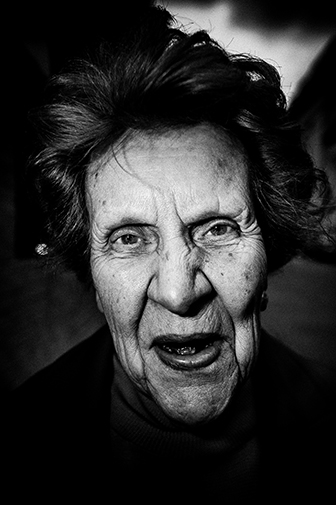
As far as his own style goes, he is attracted to opposites and extremes. In one memorable image on his blog, three grizzled workers lean against a mailbox in the foreground while a dapper yuppie in skinny jeans and headphones rushes by.
“Usually, the story that is being told centers around one or two figures interacting with each other and their environment,” Auch explains. “New York is a place where everyone’s internal lives become externalized and everyone’s external lives become internalized. The environment becomes part of who you are but you [also] become part of the environment.”
Chasing peoples’ internal lives on the street is difficult and often uncomfortable to capture. Auch notes that sometimes he’ll go an entire day, six hours or so of shooting, without taking a photo that he thinks is good enough. To get him through those long fruitless days, Auch repeats a mantra, a modification of an Ernest Hemingway quote about writing: “As long as you can start, you are all right. The juice will come.” And like Hemingway, Auch has a penchant for boxing. He likens shooting on the street to finding a right-jab/left-hook rhythm. “Some days I’ll go out and get four in a row. It will be one photo, the next photo and so on. It’s like a very good combination [in boxing],” he explains. Of his career’s ascent, Auch says: “I had no idea what I was doing when I started doing street [photography]. This whole community didn’t exist back then. I just had this old beat-up Nikon camera with a dented Pentaprism and I would just go out to the street.” Almost ten years later, Auch is still passionately shooting street work, only now with a master’s precision.

